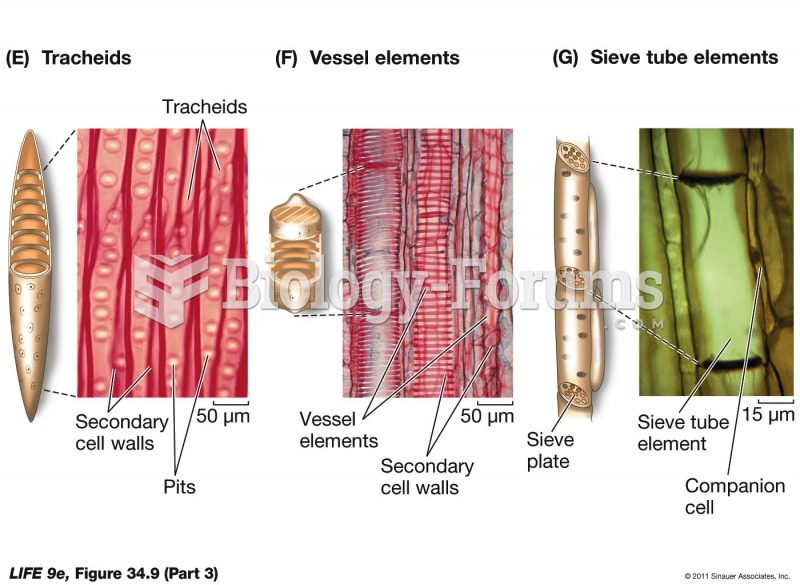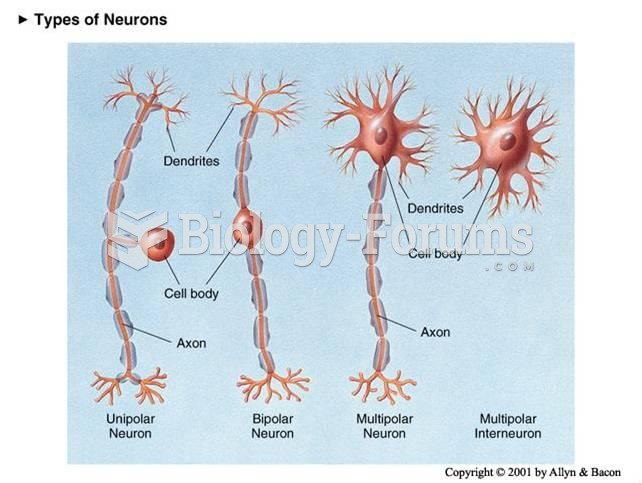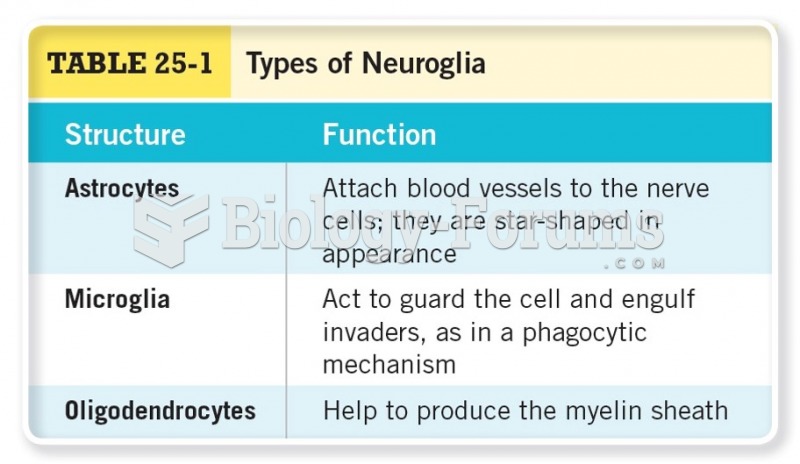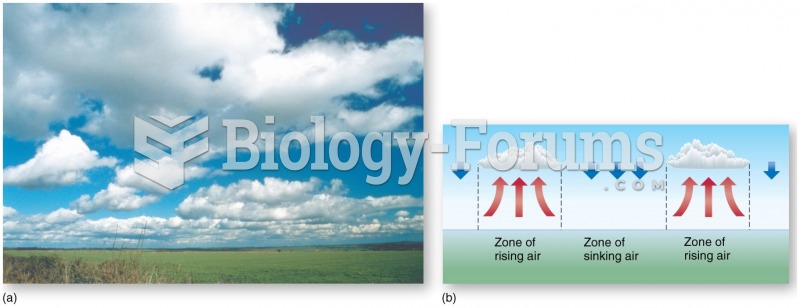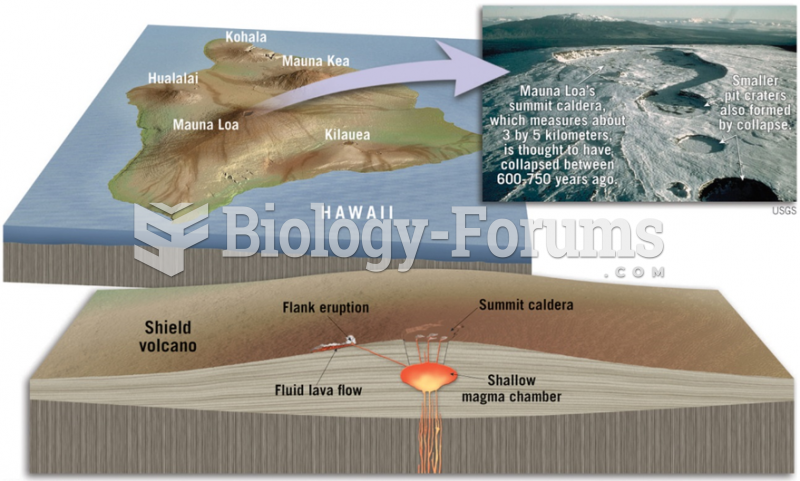Answer to Question 1
The most common type of airborne toxics are dusts, fumes, smoke, aerosols, mists, gases, and vapors.
Dusts. Dusts are various types of solid particles that are produced when a given type of organic or inorganic material is scraped, sawed, ground, drilled, handled, heated, crushed, or otherwise deformed. The degree of hazard represented by dust depends on the toxicity of the parent material and the size and level of concentration of the particles.
Fumes. The most common causes of fumes on construction sites are processes such as welding and torch cutting, both of which involve the interaction of intense heat with a parent material. The heat volatilizes portions of the parent material, which then condenses as it comes in contact with cool air. The result of this reaction is the formation of tiny particles that can be inhaled.
Smoke. Smoke is the result of the incomplete combustion of carbonaceous materials. Because combustion is incomplete, tiny soot and/or carbon particles remain and can be inhaled.
Aerosols. Aerosols are liquid or solid particles that are so small they can remain suspended in air long enough to be transported over a distance. They can be inhaled.
Mists. Mists are tiny liquid droplets suspended in air. Mists are formed in two ways: 1) when vapors return to a liquid state through condensation; and 2) when the application of sudden force or pressure turns a liquid into particles.
Gases. Unlike other airborne contaminants that take the form of either tiny particles or droplets, gases are formless. Gases are actually formless fluids. Gases become particularly hazardous when they fill a confined, unventilated space. The most common sources of gases in a construction setting are from welding and the exhaust from internal combustion engines.
Vapors. Certain materials that are solid or liquid at room temperature and at normal levels of pressure turn to vapors when heated or exposed to abnormal pressure. Evaporation is the most common process by which a liquid is transformed into a vapor.
Answer to Question 2
Nonionizing radiation is that radiation on the electromagnetic spectrum that has a frequency (hertz, cycles per second) of 1015 or less and a wavelength in meters of 3 H 107 or less. This encompasses visible, ultraviolet, infrared, microwave, radio, and AC power frequencies. Radiation at these frequency levels does not have sufficient energy to shatter atoms and ionize them. However, such radiation can cause blisters and blindness. In addition, there is mounting evidence of a link between nonionizing radiation and cancer. The greatest concerns about nonionizing radiation relate to the following sources: visible radiation, radio frequency/microwave radiation, and extremely low frequency radiation, ultraviolet radiation, infrared radiation, radio frequency/microwave radiation, extremely low frequency radiation, and lasers.



